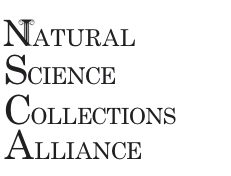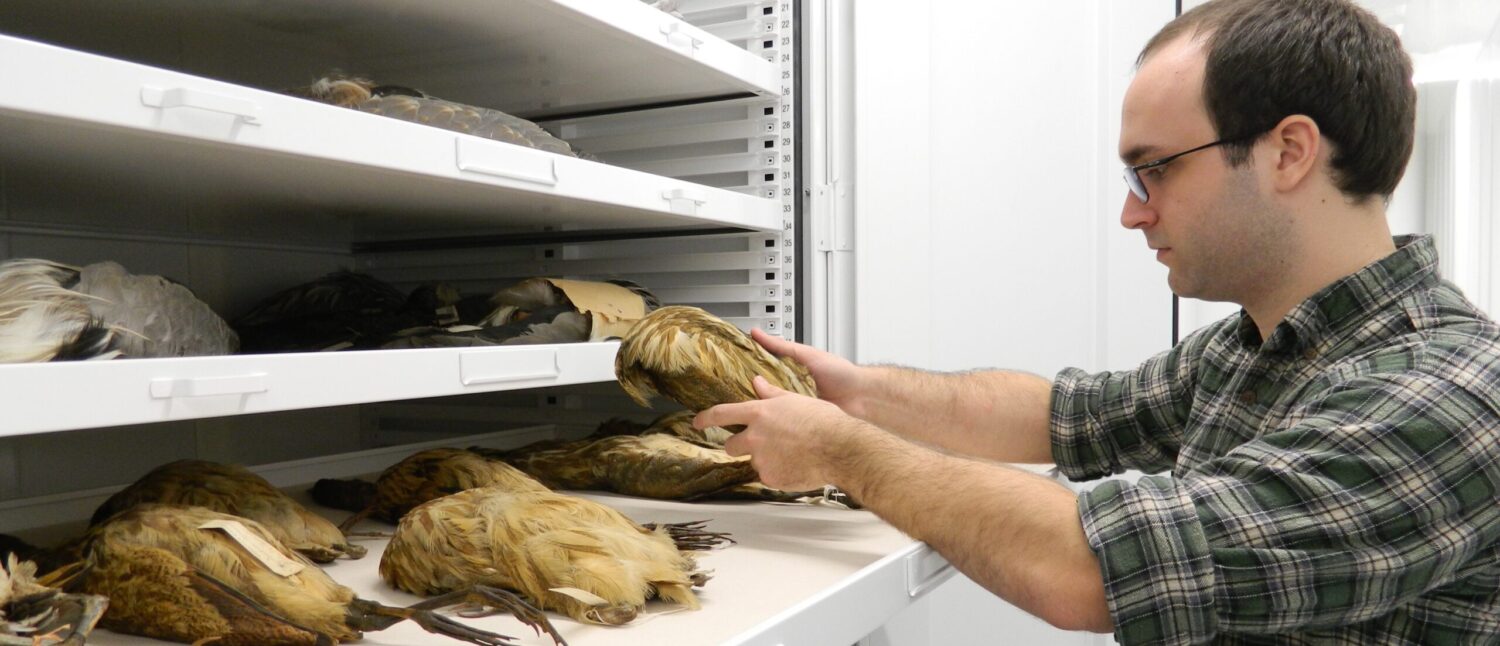Researchers at the American Museum of Natural History, in New York City, have developed a DNA-based system that can identify individual species of wildlife. The analysis, which is based upon unique DNA signatures, is being used to identify the source of animal products and meats confiscated by customs agents around the world. Previously, investigators were unable to determine if a pair of crocodile skin shoes was made from a protected species, such as the Nile crocodile, or from a species that is legal to harvest. With the DNA barcodes, wildlife investigators are able to make that distinction.
This analysis is possible because of the collection of over 70,000 animal samples that the museum has received from researchers and museum curators around the world. “We get DNA from feathers … blood samples, skin samples, or for smaller animals we could have the whole organism,” says George Amato, an evolutionary biologist who helps oversee the DNA library at the museum.
The collection, which continues to grow, offers hope for curbing wildlife poaching.
For more information, please visit http://www.npr.org/templates/story/story.php?storyId=112819451&ft=1&f=2.

